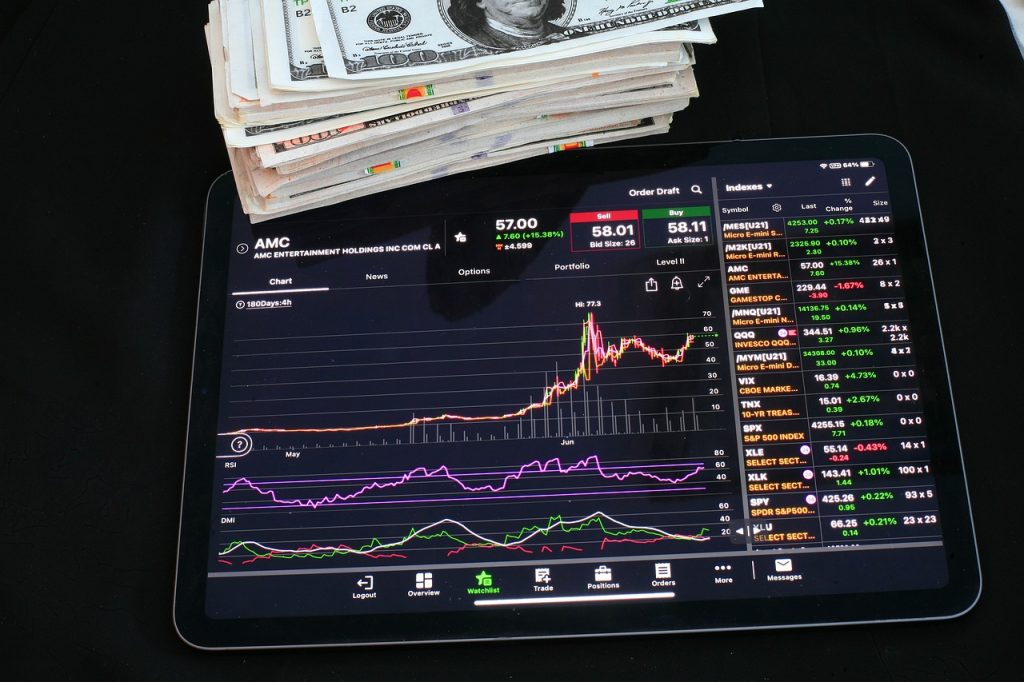“Compound interest is the eighth wonder of the world” – although the author of this idea is unknown (it is often attributed to Albert Einstein, but this has not been confirmed), this sentence illustrates very well the unique power of long-term profit capitalization.
The magic of compound interest
What is the magic of compound interest? If you invest a given sum with an annual return of 10%, then after five years the value of your savings will increase not by 50%, but by 60%. After fifty years, the profit will be … 11639%. Such high profits for long-term investors are made possible by compound interest.
The longer the saving period, the greater the impact on the value of the accumulated funds. To understand how capitalization works, and thus compound interest, we will use a simple example. Let’s assume that we invest PLN 100 in a fund that brings a 10% annual return (this is a great result, but it should be remembered that investments with high growth potential are also characterized by higher risk). After a year of saving, we have PLN 110. In the following year, although the rate of return is still 10%, we already earn PLN 11 (10% of PLN 110). After the fifth year of saving, we have already accumulated PLN 161. This means that in the next year our savings will increase again by 10%, only this time it will increase the value of our savings by PLN 16.1.
Comparing this to the original investment (PLN 100), this gives a rate of return of 16.1%. Because of exponentially increasing long-term returns, the decision to start saving early puts a potential investor in a very advantageous position. The sooner we decide to save, the longer (and stronger) the magic of compound interest will affect us.
Understand the Actions
Let’s assume a more realistic, 8% annual return on investment – this is the average annual return approximately achieved by the Sustainable Investor in over 25 years of history1 (remember, the average annual growth is something different from the usual arithmetic average of annual returns. In the calculation of the average annual rate of return, it is taken into account that in order to make up for the 20% decrease, the fund must earn more than 20%). Let’s also assume two investors – Ania, who has been saving PLN 5,000 a year (the annual limit of payments to IKE is PLN 23,400, and PLN 9,300 to IKZE) since the age of 25 and Tomasz, who has been investing PLN 10,000 every year since his 40th birthday. They both save until the age of 65. This means that Ania paid a total of PLN 200 thousand, and Tomasz PLN 250 thousand.
They both achieved the same annual rate of return, and Ania paid less than Tomasz in total. It would therefore seem that her savings at the end of her professional activity will be lower.
However, compound interest rewards regularity – Ania’s savings are PLN 1.4 million (!), and Tomasz’s PLN 800 thousand.
We mentioned earlier the exponentially increasing returns of long-term investors. This can also be seen on the example of Ania and Tomasz. This is manifested in the gradual increase in the slope of the line of accumulated funds visible on the graph. The more years pass, the steeper the curve becomes, which means an increasingly rapid increase in the profitability of the investment.
Of course, in the real world, we don’t make a profit of 8% every year. In some years, losses will certainly also happen. We can be afraid of them or try to avoid them, but we should also remember that investments should be long-term by definition – this is the case in ECP, IKE or IKZE.
In addition, while there is no golden mean that allows for risk-free profit, the easiest and often the most effective way to reduce the risk of loss on investment is a long investment horizon. This is also confirmed by the data2 – historically, during the 25 years of Investor Balanced existence, investing for 3 months, we had a 67% chance of making a profit. Among investors who kept their investment for 3 years, the probability of making a profit was already 83%. If we decided to keep the investment for at least 8 years, regardless of the moment of buying and selling, 100% of the payments made a profit. Of course, historical results do not guarantee the achievement of similar results in the future.
